What are the best garden plants to grow from cuttings? How to do that? When is the best time for taking cuttings? With the arrival of spring, it is time to look at our gardens and add new flowers, herbs, shrubs or other plants that will make us happy in the summer.
What Are the Advantages of Cuttings?
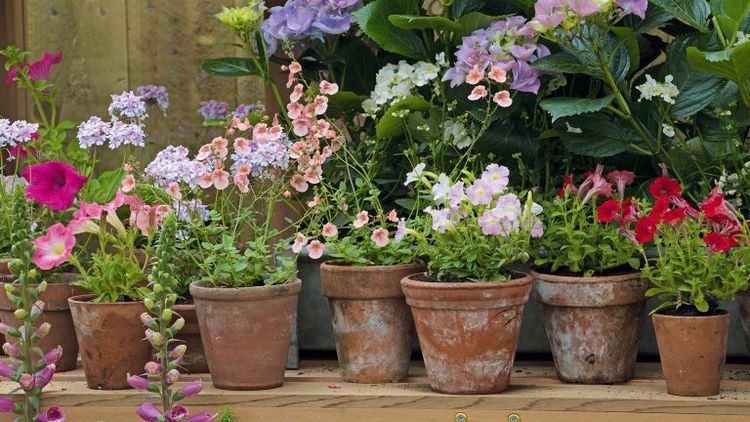
One of the main advantages of this method to propagate plants is that they develop much faster than growing them from seeds. In addition, you are certain that you will get the exact variety of plant that you want. In this way you will be sure that your hedge plants will bloom in pink, for example, and not white, that your shrub roses are bright red and not yellow, etc.
Another big plus is the fact that this propagating method costs nothing, except a little of your time. You can take more than one cutting from a plant and then exchange with neighbors and friends, or even sell them!
What Herbs Can You Grow From Cuttings?
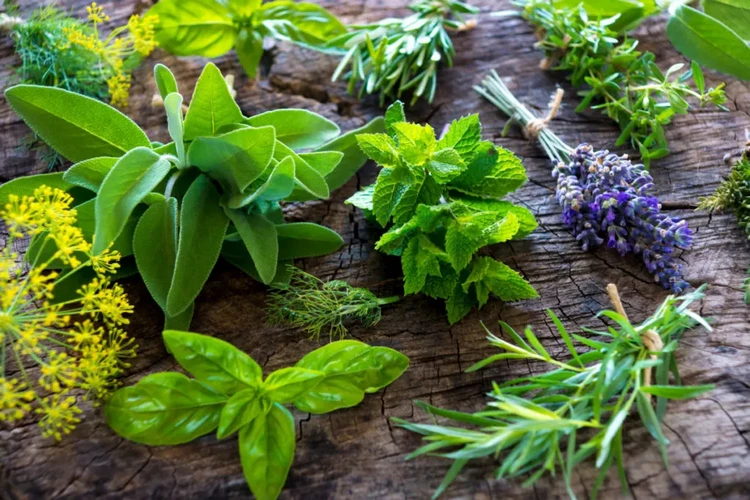
An impressive herb garden can be the pride and joy of a home chef! Having fresh herbs at hand at all time is great not only for your menu. They add their aroma to the garden and attract bees, butterflies, etc. What herbs can you grow from cuttings?
There are many herbs that you can grow from cutting. Make sure that you use a sharp and clean blade and cut new growth on side-shoots, at an angle so that the cutting has the largest possible rooting area. Remove the leaves from the lower part of the cutting, so that half the stem is bare and either place in water or plant in a pot.
Rosemary
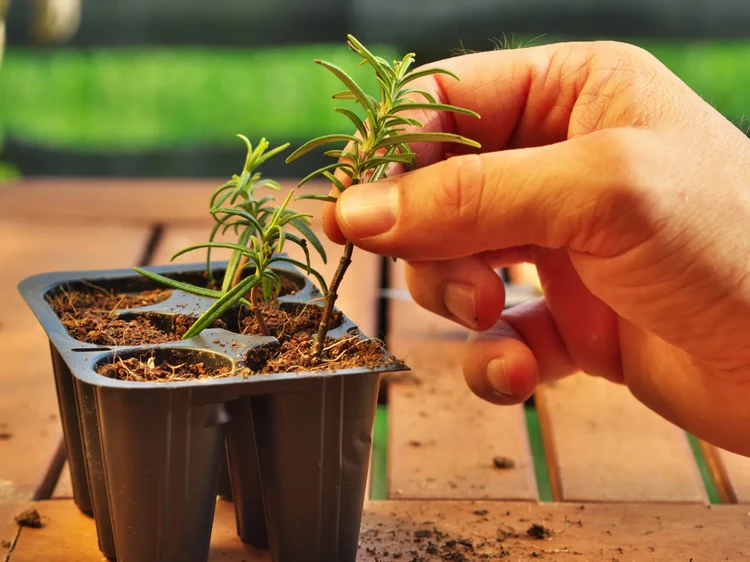
In summer it is better to grow rosemary on the balcony, and in winter – in a pot. This spice is easier to cultivate from cuttings than seeds. It is best to do this in early autumn or late spring when it is still warm, but you can do it all year round. The soil in the pot should be 2/3 sand and 1/3 peat moss. The main condition for its successful cultivation is dry soil and regular ventilation. Rosemary is very unpretentious and does not require feeding or frequent watering. You can harvest by cutting branches all year round, as rosemary is an evergreen plant.
Thyme
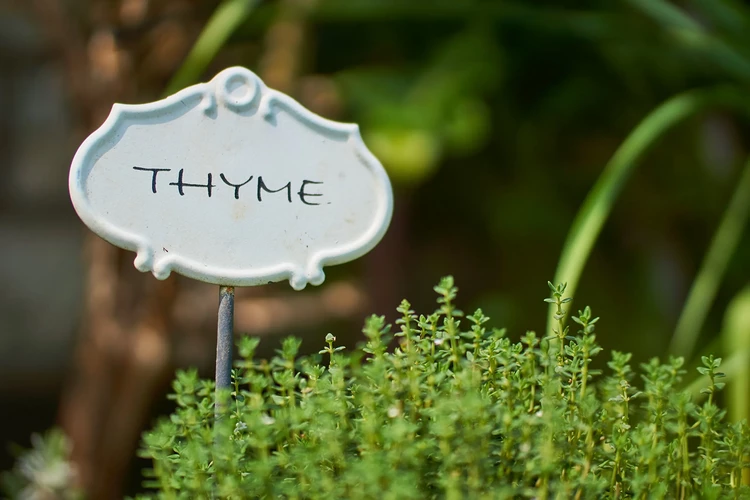
Thyme is among the favorite herbs of many people and if you want to grow it from cuttings, remember that it needs to be rooted in soil, not in water. Prepare a small pot – thyme has a small root system, so it is an ideal plant for an indoor herb garden. Cut at a node from the point where leaves grow, remove the lower leaves and plant the cutting into damp soil. Keep the pot away from direct sunlight.
Garden Plants to Grow from Cuttings – How to Propagate Lavender
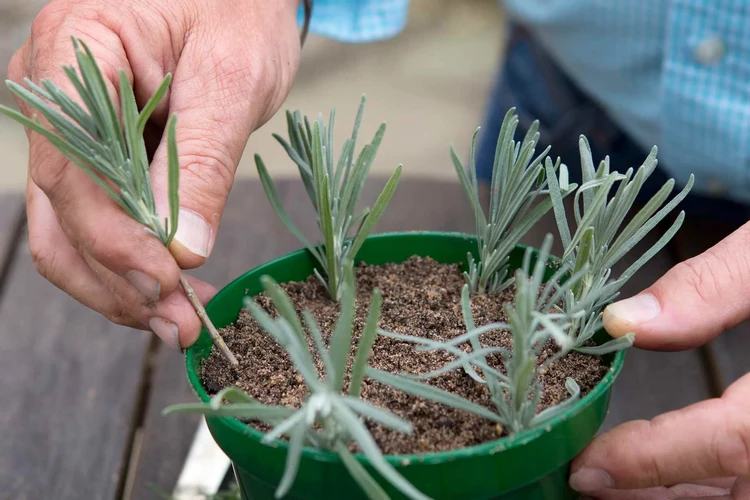
Lavender is easily propagated by cuttings. The best time to take them is summer as it roots easier in the warm weather. You can take either new growth or hardwood cuttings. Simply cut the stem below the bump that indicates a leaf node. Remove the leaves so that half the stem is clean and carefully remove the skin on one side of the cutting. Plant in soil, about 2 inch/5 cm deep.
Marjoram
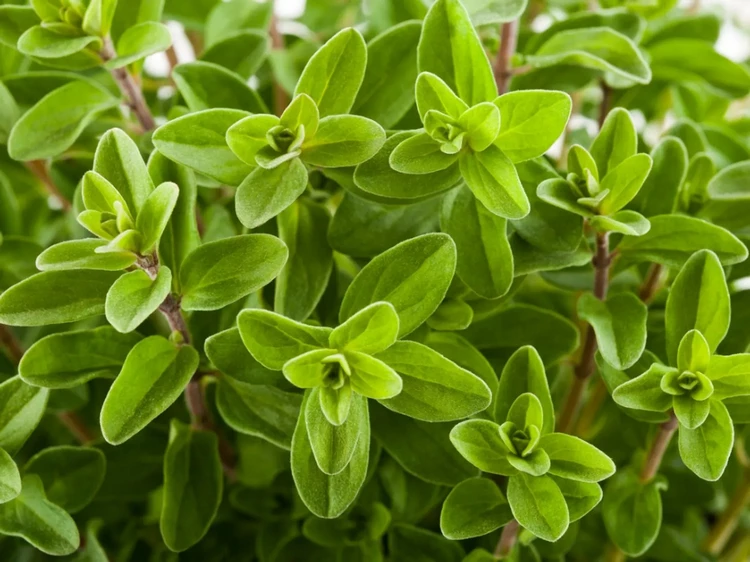
Take a 3 inch/10cm long cutting from the tip of the marjoram stem and remove the leaves, leaving just four sets at the top. The best time to propagate marjoram is early spring.
Sage
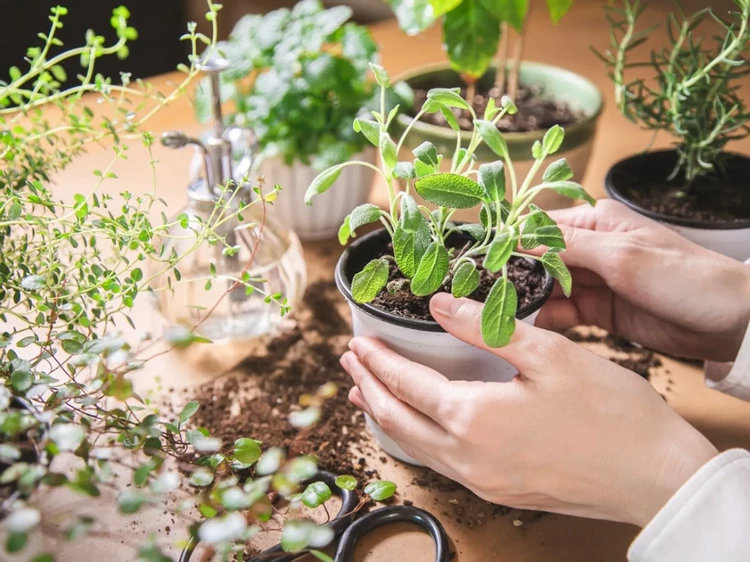
Take a cutting from a sage shoot. Make sure you cut about 2 inches/6 cm below the node. Plant your sage cuttings in a moist soil. Sage prefers partial shade and morning sun.
Garden Plants to Grow from Cuttings – How to Propagate Roses
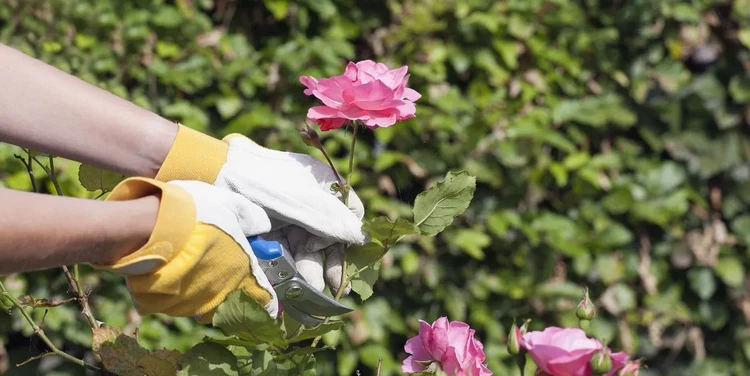
Growing roses is very popular today. Every homeowner will not miss the chance to plant these beautiful flowers in his garden. As a rule, roses are propagated by cuttings. you need to know which cuttings are most likely to take root. The variety of rose species that you want to propagate is important as well as the period of time when you plant the cuttings.
Take cuttings from plants that have new shoots. Carefully remove the leaves, buds and thorns from. Take a 2-4 inch/10-15 cm cutting. With a sharp knife, cut the stem at an angle of 45 degrees. Keep the cuttings in a container of water for about 24 hours and then plant into soil. Check if the cuttings have rooted after a month.
Aster

Asters come in a huge variety of species and are one of the most popular garden plants. The color palette ranges from white to pink, purple, red, etc. Asters are easily propagated by division, but you can also take cuttings. Late spring is the best time for taking cuttings. Take 2-4 inch/5-10 cm long cuttings from the stems and remove the bottom leaves. Plant the cuttings in pots and place them in a location with bright but not direct sunlight. It will take a few months for Aster cuttings to root.
Hydrangea
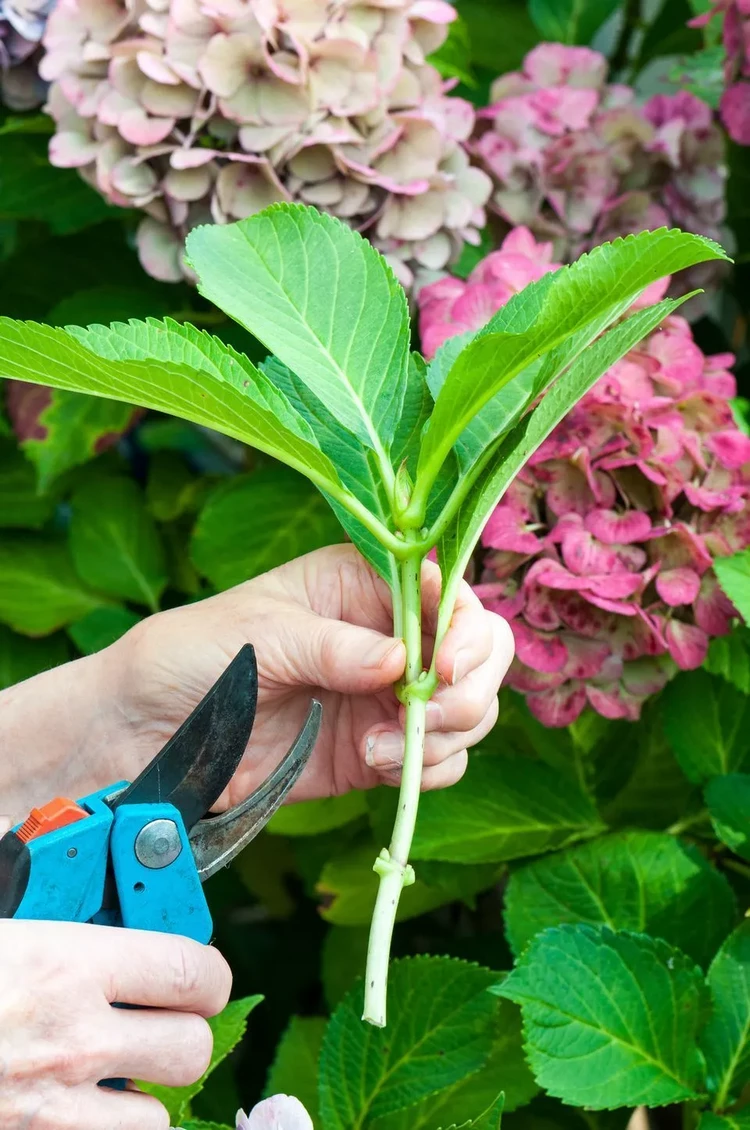
Blooming Hydrangeas are a complement to any garden. They are also great privacy hedge plants so it is good to know how to propagate hydrangea from cuttings. Take a 5-6 inch/ 12-15 cm long cutting from a branch and remove the leaves of the bottom two leaf nodes. Place the cutting into a pot and cover with plastic bag. Keep the pot in a well lit location but not in direct sunlight. It will take about 2-3 weeks for the hydrangea cuttings to root.
Petunia
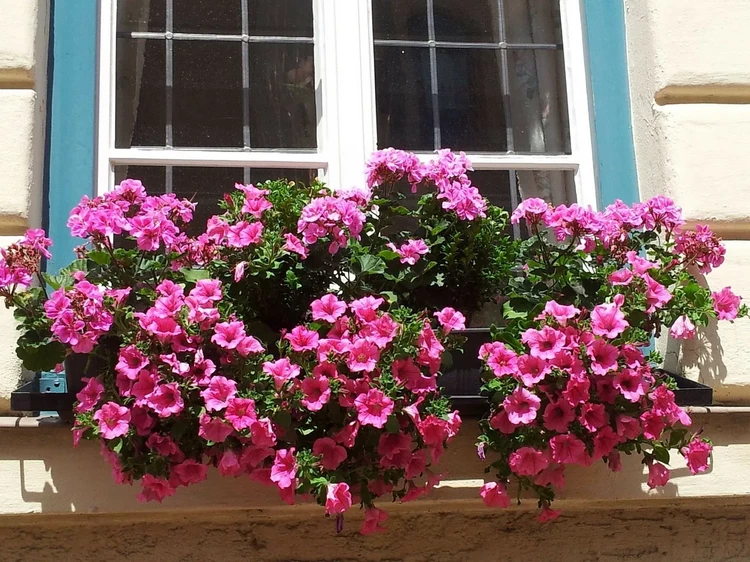
Petunias are fabulous plants not only for your garden but for your balcony or window box. Take a 3-4 inch/ 10-12 cm long cutting. Make sure you cut just below the leaf node and remove the leaves and side shoots. Insert the cutting into soil. Petunia cuttings will root after 3 to 4 weeks.
Geranium
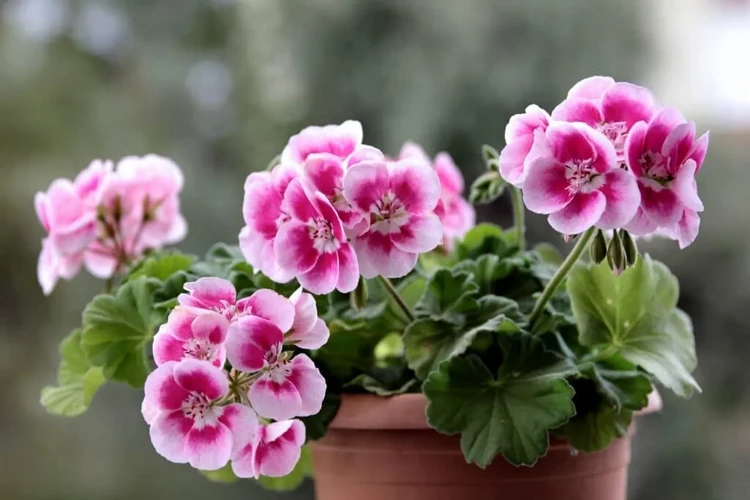
Another garden plant that you can easily propagate from cuttings is geranium. Due to the fact that geraniums do not have a dormant period, they can be propagated at any time of the year. Take cuttings just above a node. You need 4-6 inches/10-15 cm long cuttings. Stick them in damp soil and place the pots in an area with bright light.
